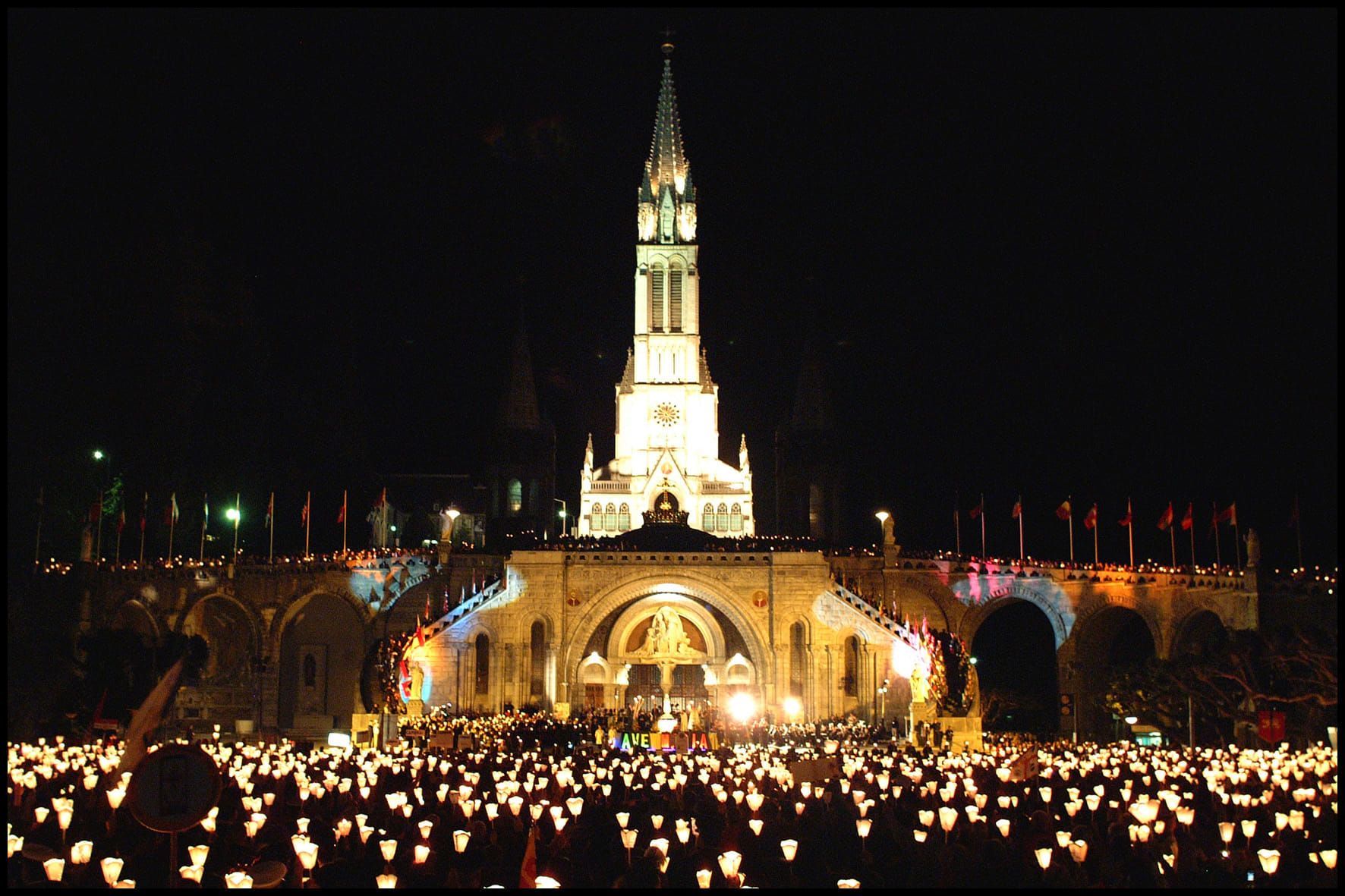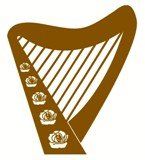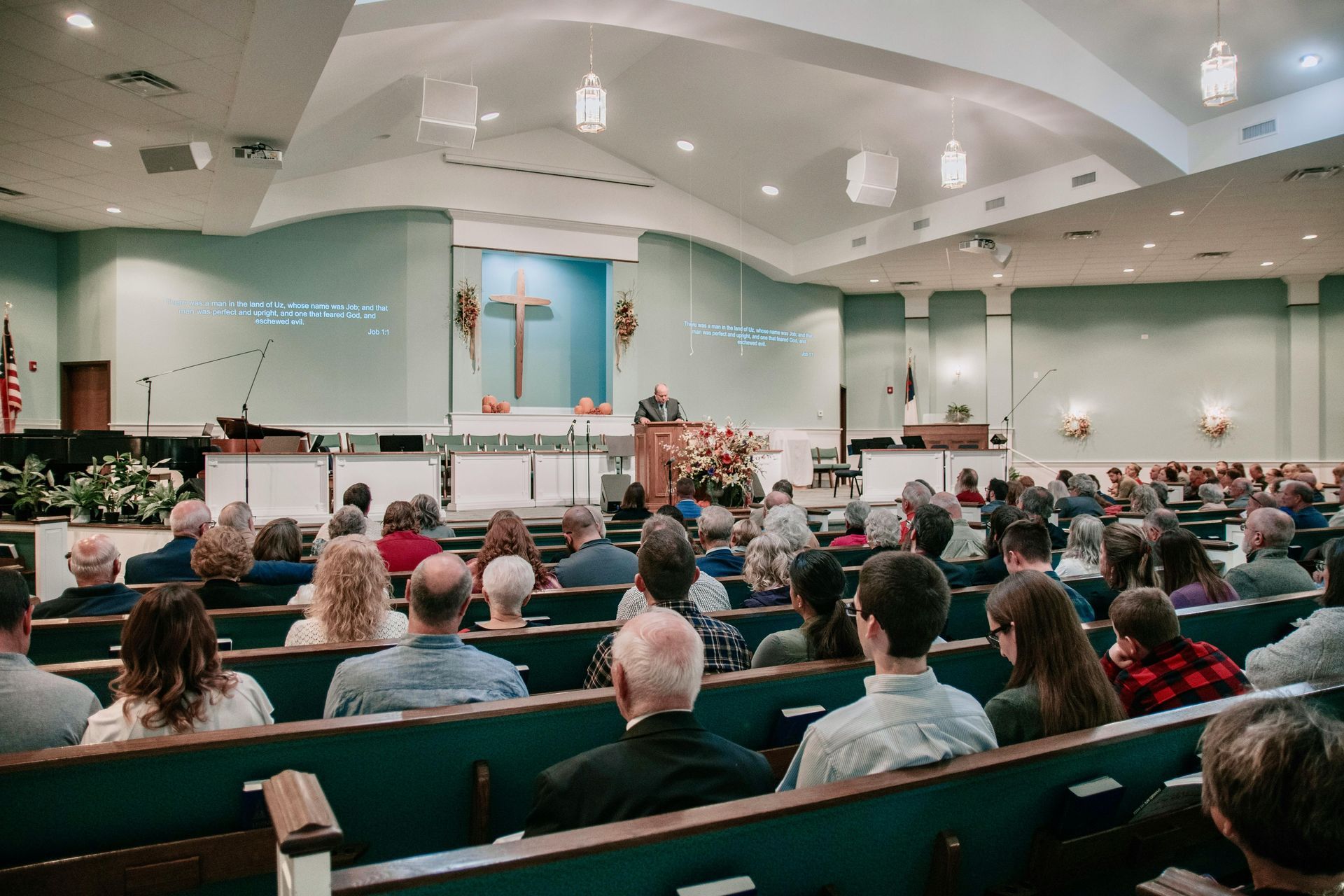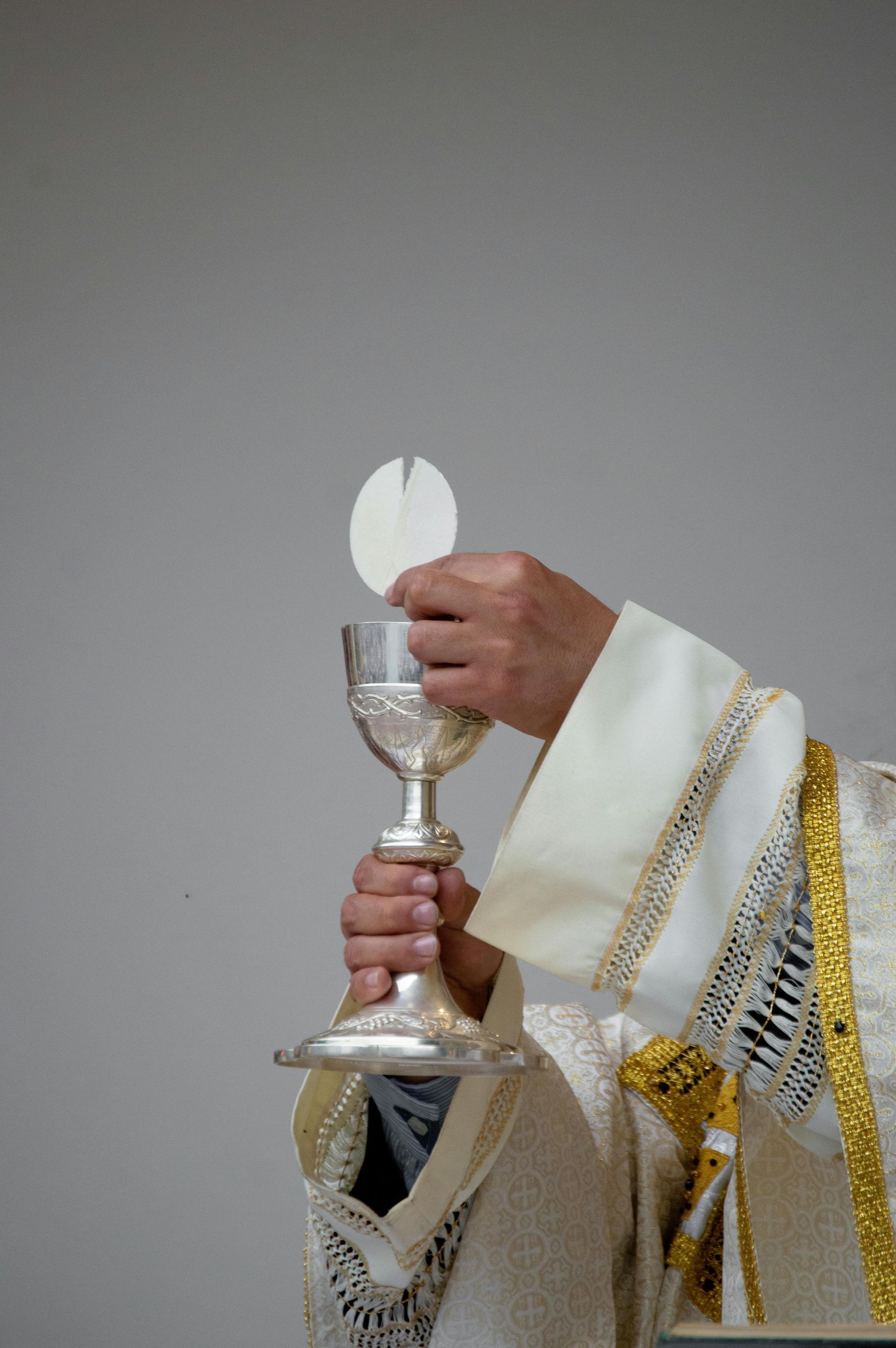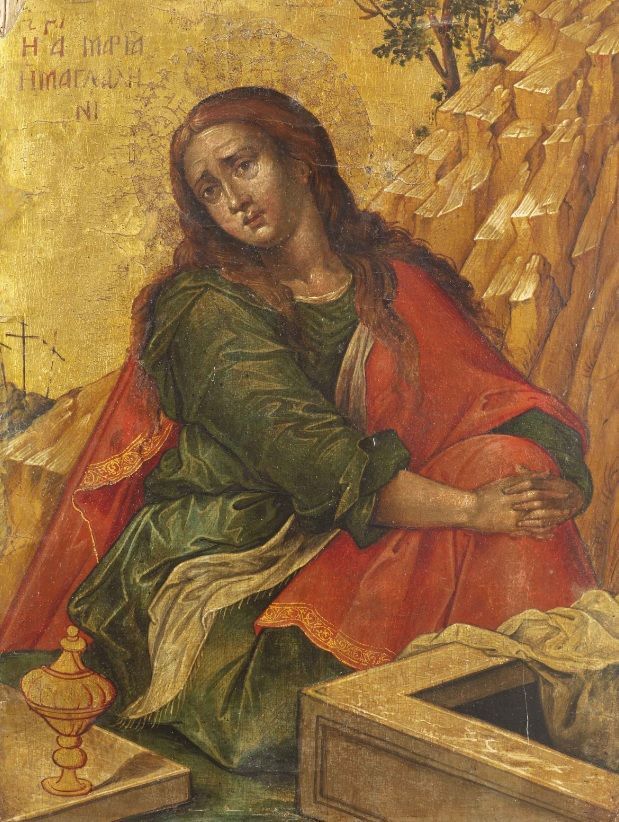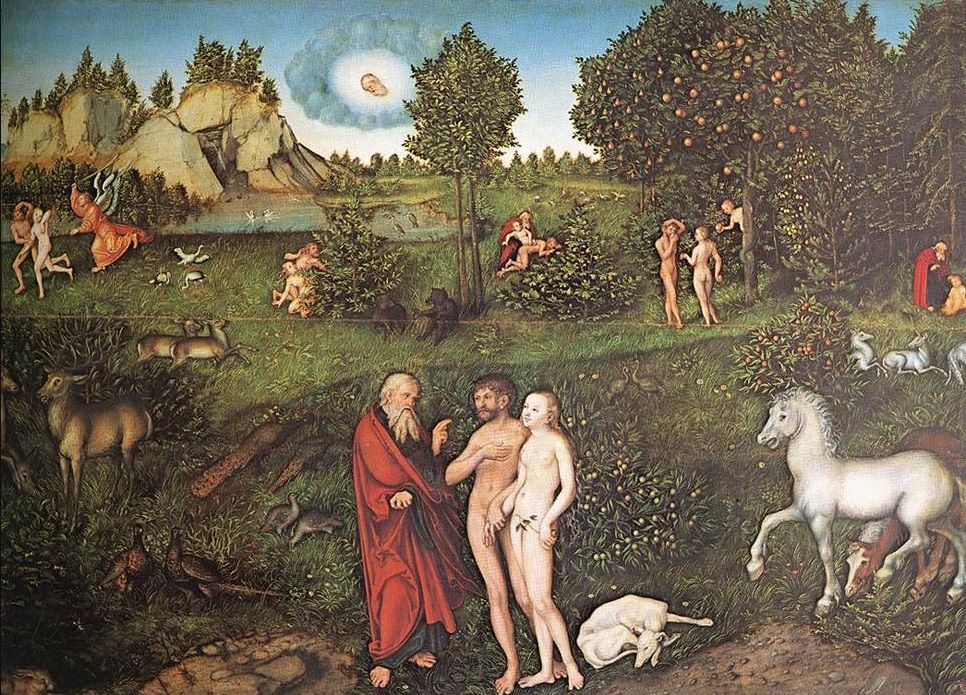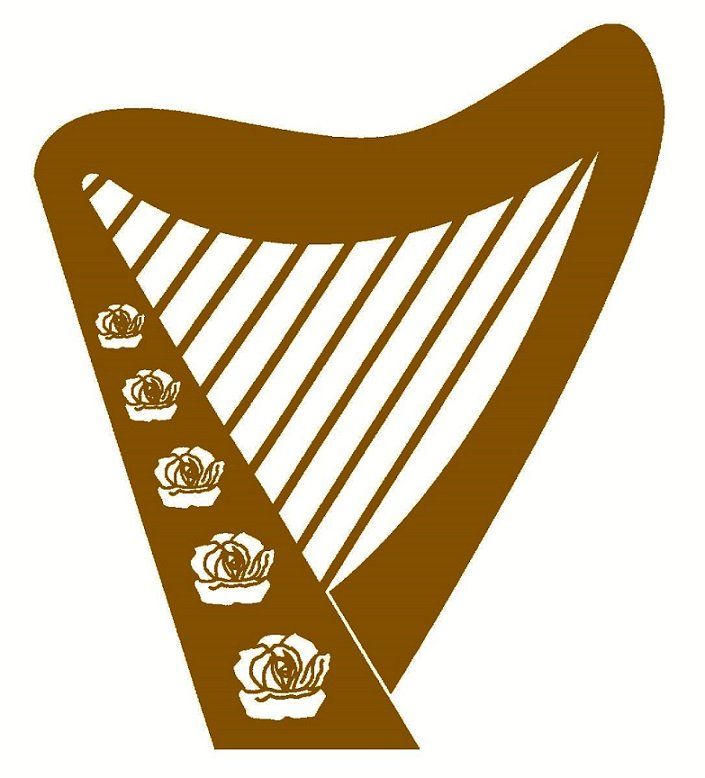Easter and Holy Week
Telling the Story
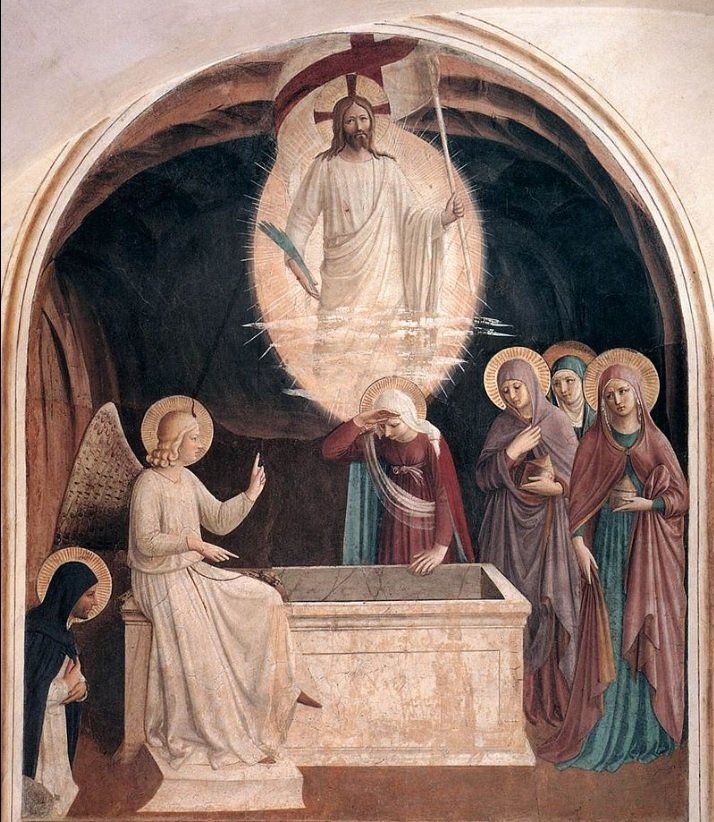
Can you tell the story of Easter morning? There are four different times given in the four Gospel accounts. Which one would you choose in your telling the story? How many women went to the tomb? John says one, Matthew two, Mark three and Luke three – but not the same three. How many women in your version of the story?
The details don’t matter, you may say: what matters is that I believe in the resurrection. Agreed. But would you allow a Catholic teacher to say that, or a Catholic priest or deacon? What sort of teachers or preachers would they be if their attitude was “Who cares, as long as you believe.” Poor students, poor people, with teachers and preachers like that. They have studied to be able to teach and preach. How well did they study if they have no answers to questions as straightforward as what time was it, how many women were there?
How about the angels. They are in each account – one in Matthew and Mark, but two in Luke and John. Would you know that in your telling the story of Easter morning? What do you really know of what you say you believe? You can’t share your belief if you know nothing. Time, women, angels – how is your version of the Easter story shaping up?
In one account the women meet Jesus. Which one? In Luke, Peter believes the women’s message and goes to the tomb alone. He looks in and sees the cloths. Cloths? Surely there was a shroud? Luke and Matthew and Mark all say that Jesus’ body was wrapped in a shroud late on the Friday afternoon. Where has it gone? Who took it, and when (Peter sees there are cloths in Luke’s account)?
Look at John’s account and be even more puzzled. Here, Peter and the other disciple go running to the tomb, the other disciple running faster than Peter, reaching the tomb first, sees the cloths but does not go into the tomb. Peter arrives, goes straight into the tomb and sees the cloths, especially the one that had been around Jesus’ head rolled up in a place by itself. Then the other disciple enters and sees the cloths close up. “He saw and he believed.” What did he see close up that he had not seen from outside the tomb?
The cloths were undisturbed, still in the shape of the body they had enwrapped, and the headband in its place around the head. They had not been unwound! They were still as wrapped around Jesus’ body and head, but the body was not there and no one had unwrapped the cloths – Jesus had passed through them, leaving them undisturbed!
Impossible! No, resurrection. Work out what happened.
Joseph and Nicodemus took Jesus’ body down from the cross late on Friday afternoon. There was no time for the full burial rights, so they planned to return when the sabbath was over, on the Saturday evening, and give the cleansing and anointing that there was no time for on the Friday.
Did they come alone? Of course not. They invited Mary to come with them. It belonged to her motherly love to perform that final duty. With her came the beloved disciple into whose care Jesus had given her: “Behold your Son,” “and the disciple took her to himself.”
Picture the four of them on that Saturday evening. It is Joseph’s own tomb and he and Nicodemus, as members of the Sanhedrin, had authority over the soldiers. They wash and anoint the blood-stained body, take away the bloodied shroud and wrap the winding cloths around Jesus’ body and the last one, the one which went around his head – the sudarium. Late on Saturday night they finish their task and go home. And there it is written in John’s gospel: Nicodemus brought one hundred pounds of spices and ointments for the burial.
Early the following morning Mary Magdalene tells the apostles that Jesus’ body has gone. Peter and the other disciple run to the tomb. The disciple follows Peter into the tomb and the cloths are as he and the others left them the previous night, but there is no body. The body had passed through the cloths. Resurrection. “He saw and he believed”. That is the story. How would you tell it?
In school, at the beginning of every Year 11 (Form 5), I asked the youngsters to read the four accounts of the resurrection and make a summary. In a few moments they saw the impossibility. Have you ever given a few minutes to read the four accounts?
* * * * * * * * * *
The Passover Meal, the Last Supper , was held in the evening, the beginning of the Jewish day. After the meal, Jesus and the disciples went to the Garden of Gethsemane on the Mount of Olives. There he was arrested. On Friday morning he was crucified at the third hour (9 am) we learn from Mark’s Gospel.
Was Jesus at the houses of Annas and Caiaphas, in court before the Sanhedrin (“and many witnesses were called”), at the palace of Pontius Pilate, the court of King Herod, scourged and crowned with thorns – between late Thursday evening and early Friday morning? Surely, impossible.
By law, a trial had to take place, in the hours of daylight. There is no hint in the gospel that due process was not followed. A verdict of the death sentence required a waiting period of twenty-four hours during which new evidence might be brought to mitigate the sentence. Pontius Pilate would never have allowed the process of law not to be observed, nor would members of the Sanhedrin, especially members like Joseph of Arimathea and Nicodemus.
Thursday as the evening of the Last Supper seems not possible. There is too little time for all that happens between the arrest and the crucifixion. So, when was it, and was it actually a Passover Meal?
Tuesday looks to be a good answer. The Passover is celebrated, and Jesus becomes the new Passover in the wonder of the Eucharist, bread and wine: “This is my body, this is my blood.” After the meal they go to the Garden of Gethsemane where Jesus is arrested and taken to the house of Annas and, later or early morning, to the house of Caiaphas. (Research the relationship and relative powers of Annas and Caiaphas – you will be fascinated.)
On Wednesday, Jesus is brought before the court, the Sanhedrin. Many witnesses are called. At the end of the trial he is declared guilty and condemned to die. Now twenty-four hours must pass before sentence can be carried out.
On Thursday, Jesus appears before Pilate, then Herod, and returns to Pilate where his sentence of death is confirmed. Early on Friday morning he is crucified at the third hour (9 o’clock) and dies at the ninth hour (3 o’clock in the afternoon).
His body is wrapped in a shroud and placed in Joseph’s new tomb. All go home to celebrate the Sabbath and the Passover. When the Passover ends at 6 o’clock on the Saturday evening, Joseph and Nicodemus (bringing one hundred pounds of spices and ointments, says John’s Gospel) come with Mary and the beloved disciple to wash and anoint Jesus’ body, the full burial rights. Their loving task completed late that Saturday night, they go home.
On the Sunday morning there is no body. There are cloths, still unwound. There has been resurrection.
That the Passover was on Tuesday seems probable. An actual Passover or an anticipated one? The Gospel makes clear that Jerusalem celebrated the Passover on the Friday evening and Saturday, following the lunar calendar which was in general use in the Holy Land, but Jesus and the disciples seem to have been following the solar calendar.
The Passover is celebrated on the 14th day Nisan. In the solar calendar the 14th Nisan is always a Wednesday and thus the Passover meal would have been on the Tuesday evening. Following the lunar calendar, however, the 14th Nisan might be any day of the week (like our Christmas Day) and in the year of Jesus’ death and resurrection the Passover was on the Saturday and the sacred meal on the Friday evening.
We have known about the two calendars since early in the 20th century when the solar calendar was rediscovered during research into the life of the Qumran Community. We had lost sight of it for centuries but now understand there were two calendars, solar and lunar, in use in Jesus’ time, and 14th Nisan always a Wednesday in the solar, but any day in the lunar. Jesus celebrated a true Passover Meal.
In the early Church there were
severe disputes about the date to celebrate Easter. In the background we see two traditions of
the Jewish Passover, following the lunar and the solar calendars.
John Daley IC
March 2020
